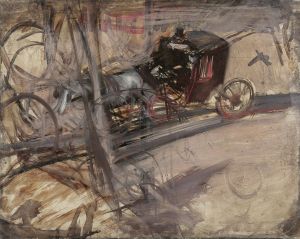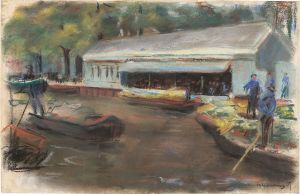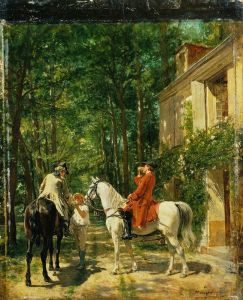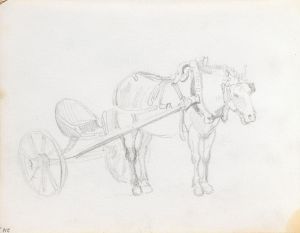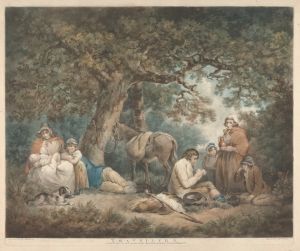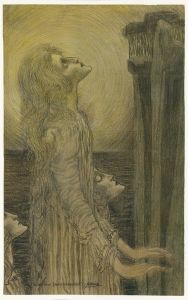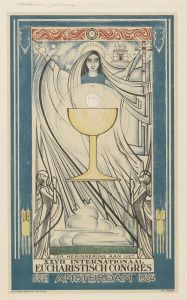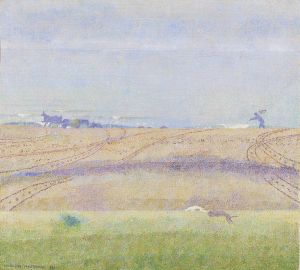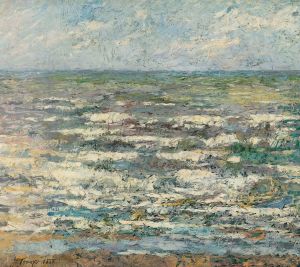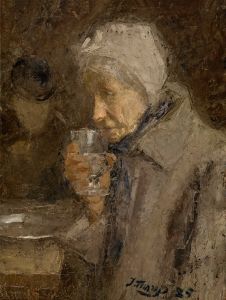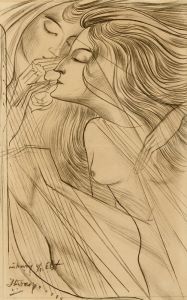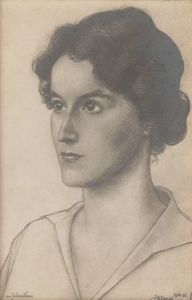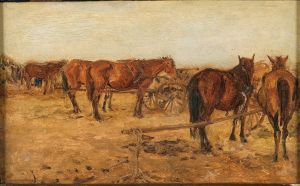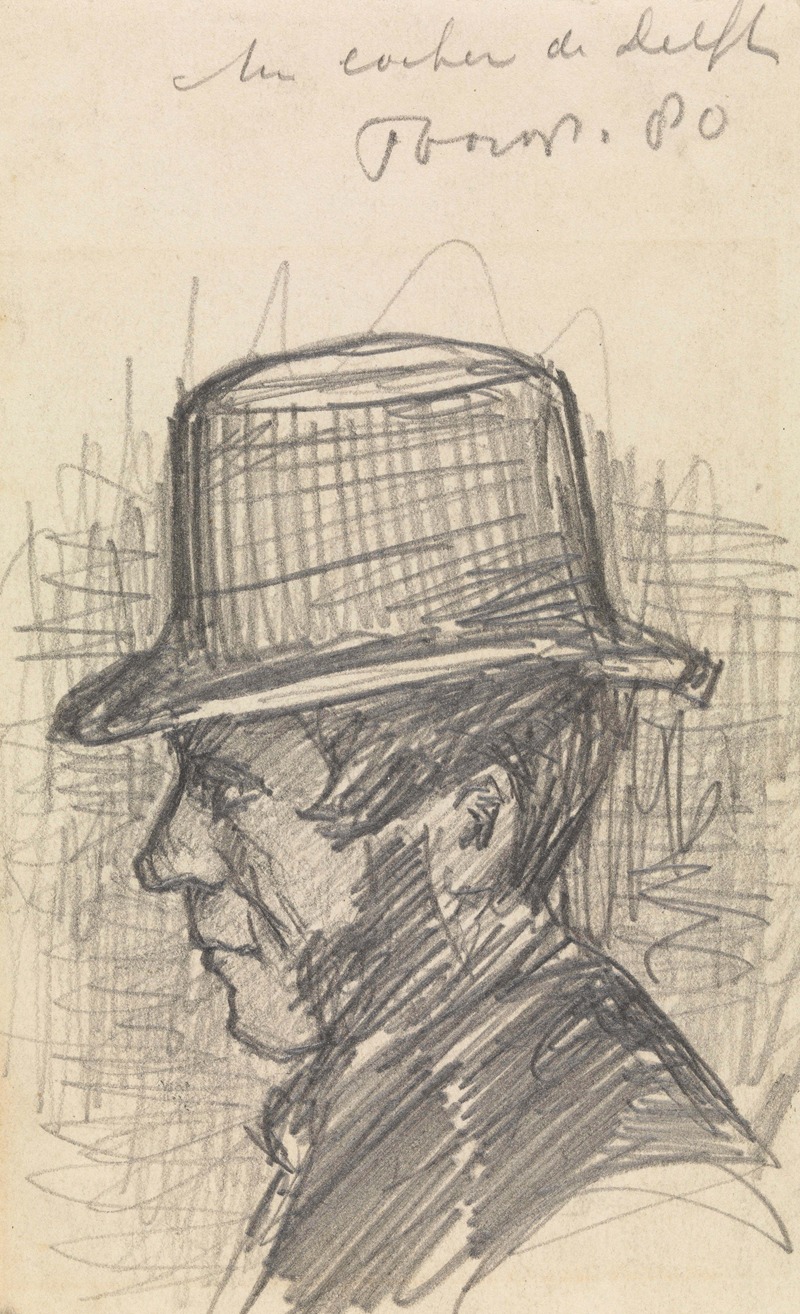
A Coachman in Delft
A hand-painted replica of Jan Toorop’s masterpiece A Coachman in Delft, meticulously crafted by professional artists to capture the true essence of the original. Each piece is created with museum-quality canvas and rare mineral pigments, carefully painted by experienced artists with delicate brushstrokes and rich, layered colors to perfectly recreate the texture of the original artwork. Unlike machine-printed reproductions, this hand-painted version brings the painting to life, infused with the artist’s emotions and skill in every stroke. Whether for personal collection or home decoration, it instantly elevates the artistic atmosphere of any space.
Jan Toorop's painting A Coachman in Delft is a work created by the Dutch-Indonesian artist Jan Toorop (1858–1928). Toorop was a prominent figure in the Symbolist and Art Nouveau movements, known for his diverse artistic styles and his ability to adapt to various artistic trends throughout his career. However, specific details about the painting A Coachman in Delft are scarce, and there is limited information available regarding its creation, context, or current location.
Jan Toorop was born in Purworejo, on the island of Java in the Dutch East Indies (modern-day Indonesia), and later moved to the Netherlands. His artistic career spanned several decades, during which he explored a variety of styles, including Impressionism, Symbolism, and Art Nouveau. Toorop is particularly celebrated for his Symbolist works, which often feature intricate, decorative patterns and spiritual or mystical themes.
The title of the painting, A Coachman in Delft, suggests a connection to the Dutch city of Delft, which is renowned for its historical significance and artistic heritage. Delft was the home of famous Dutch Golden Age painter Johannes Vermeer and is known for its picturesque canals, historic architecture, and traditional Delftware pottery. While the title indicates that the painting may depict a coachman in this city, further details about the subject matter, composition, or stylistic approach of the work are not readily available.
Toorop's oeuvre includes a wide range of subjects, from portraits and landscapes to allegorical and religious themes. His ability to shift between artistic styles allowed him to create works that resonated with the cultural and artistic movements of his time. Despite his versatility, Toorop maintained a distinctive personal style, often characterized by elongated forms, flowing lines, and a strong sense of rhythm and movement.
Unfortunately, without more specific documentation or scholarly analysis, it is difficult to provide a comprehensive description or interpretation of A Coachman in Delft. The painting does not appear to be among Toorop's most widely studied or exhibited works, and it is not frequently referenced in major art historical texts or exhibitions dedicated to his career.
In summary, while Jan Toorop is a significant figure in the history of modern art, detailed information about the painting A Coachman in Delft is not readily available. Further research or access to specialized archives may be necessary to uncover more about this particular work.





